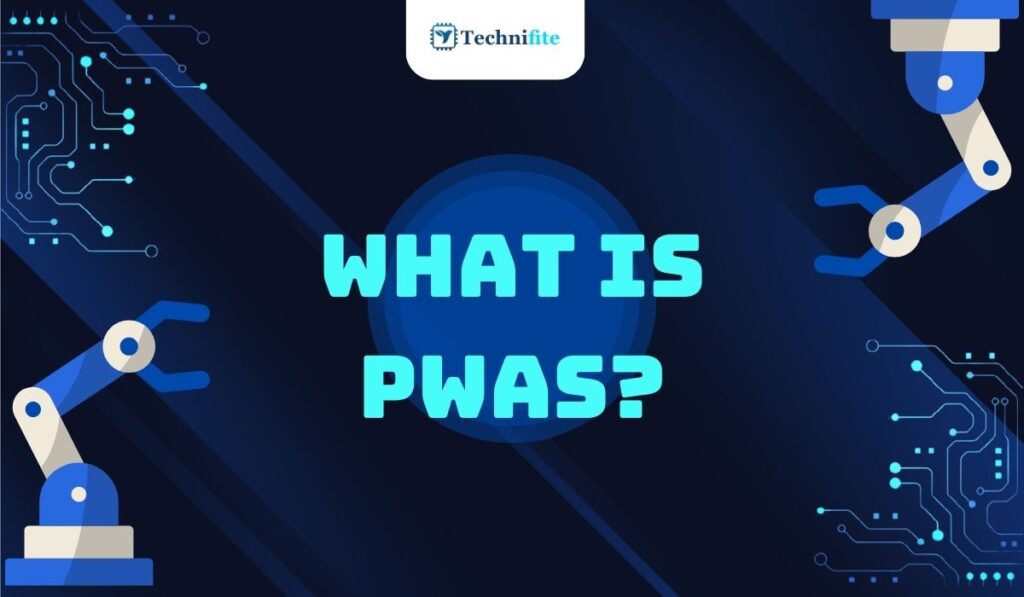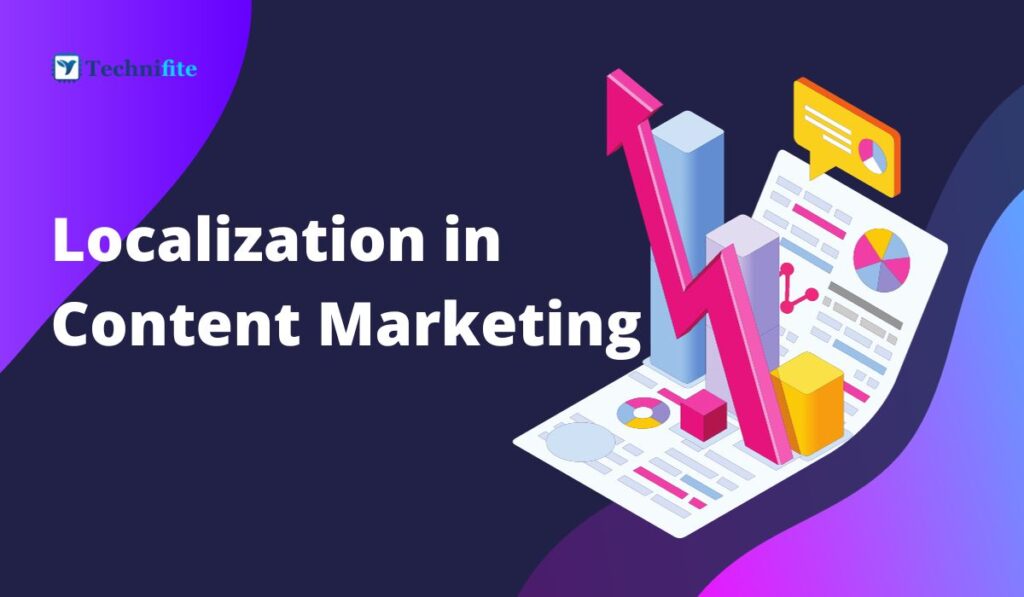In the ever-evolving realm of web development, Progressive Web Apps (PWAs) have emerged as a game-changer. Combining the best web and mobile applications, PWAs offer a seamless experience, high performance, and enhanced user engagement. This blog delves into the benefits of PWAs, and their impact on user engagement and provides insights into the steps required to develop one that stands out in the digital landscape.
Benefits of PWAs
1. Cross-Platform Compatibility: PWAs work on any device with a modern browser, eliminating the need to develop separate apps for different platforms.
2. Offline Functionality: PWAs can function offline or in low-network conditions by caching content, ensuring users can access your app regardless of connectivity.
3. Faster Loading: PWAs utilize service workers to cache assets, resulting in faster load times, reduced bounce rates, and improved user satisfaction.
4. Engaging User Experience: The app-like experience of PWAs, including smooth animations and gestures, enhances user engagement and time spent on the app.
5. Discoverability: PWAs are discoverable through search engines, enabling users to find your app organically without downloading from an app store.
Impact on User Engagement
PWAs significantly impact user engagement in various ways:
1. Instant Access: Users can launch a PWA directly from their home screen, mimicking the experience of a native app.
2. Push Notifications: PWAs can send push notifications, keeping users engaged even when not using the app.
3. Responsive Design: The adaptability of PWAs to various screen sizes ensures consistent and enjoyable user experiences.
4. Smooth Performance: With fast load times and smooth interactions, users are likelier to explore and engage with the app’s features.
5. Offline Functionality: Users appreciate being able to use the app even when they’re not connected, enhancing overall engagement.
Steps to Develop a PWA
Secure Your Website: Ensure your website is served over HTTPS to provide a secure connection.
- Create a Manifest File: The manifest file provides metadata about your app, such as icons and display information.
- Implement Service Workers: Service workers are the backbone of PWAs, enabling caching and offline functionality. They also allow background processes like push notifications.
- Enable App-Like Experience: Design your PWA to offer a seamless and app-like experience, including smooth transitions and gestures.
- Test Thoroughly: Test your PWA across various devices and browsers to ensure compatibility and smooth performance.
Conclusion
Progressive Web Apps have redefined the way users interact with web applications. Their ability to combine the best features of both web and mobile apps results in enhanced user engagement, seamless experiences, and improved performance. By understanding the benefits of PWAs and following the steps to develop one, businesses and developers can leverage this technology to create compelling, user-focused digital experiences that drive engagement and growth.
Frequently Asked Questions
Q1: Can PWAs replace native mobile apps?
PWAs can offer similar experiences to native apps, but they might not be suitable for all scenarios. For apps requiring complex functionalities or deep integrations with device features, native apps might still be preferable.
Q2: Do PWAs require installation from app stores?
No, PWAs can be added to the home screen directly from a web browser without going through app stores. This ease of installation is one of their advantages.
Q3: Are PWAs search engine friendly?
Yes, PWAs are search engine friendly and can be indexed by search engines, enhancing discoverability.
Q4: Are push notifications possible with PWAs?
Yes, PWAs can send push notifications to users, even when the app is not actively open, enhancing user engagement.
Q5: Can I convert an existing website into a PWA?
Yes, existing websites can be transformed into PWAs by incorporating the required PWA elements, such as a manifest file and service workers.


